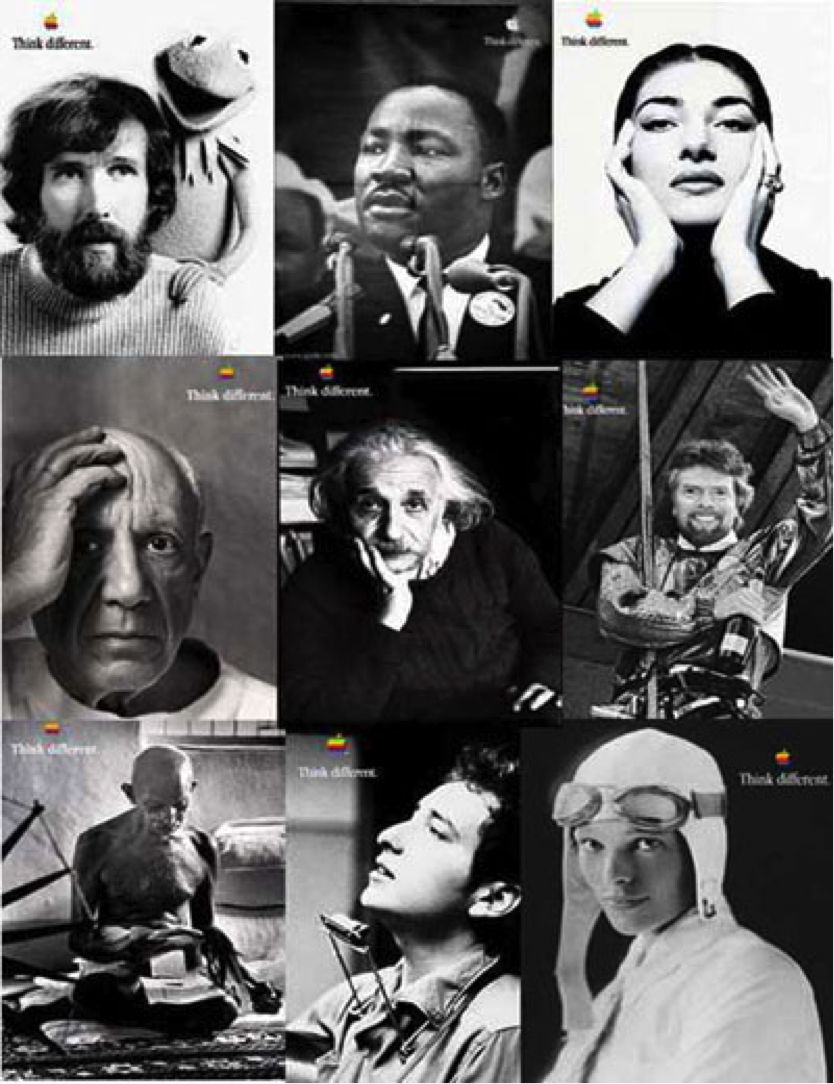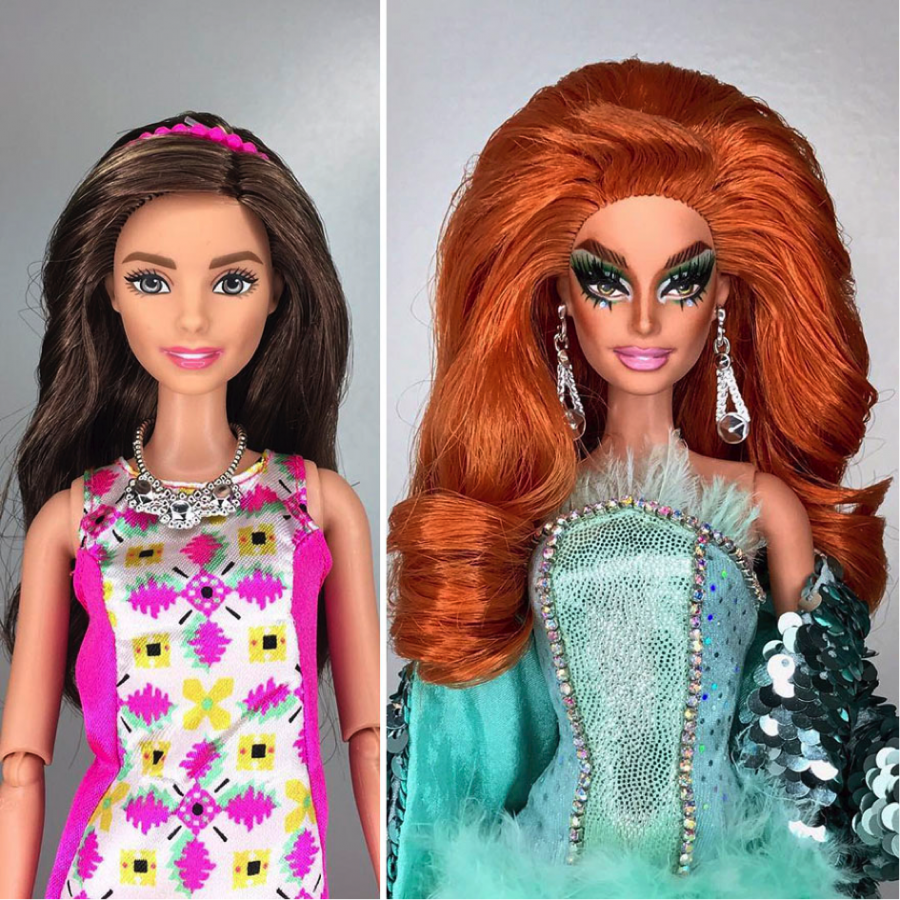
The Frida Kahlo Barbie, desperately seeking authenticity
For big brands, authenticity is big business. Their messages and the way we identify and interact with them, play an important role in how we consume, control our own image and connect with others. We use the brands we love to show others who we are, or aspire to be. We embrace brands for their authenticity and for being real. But how and when do brands fail in our eyes?
"We use the brands we love, to show others who we are, or aspire to be"
In “How to appear authentic in a digital world”, Miah Moos argues that inspiration is a key factor to success; one significant thought can grow into an empire. This seems to offer endless possibilities to anyone waking up with a good idea. In practice it creates a complex paradox for existing brands to stay relevant over the years. What can a brand do if the initial idea its empire is built upon, is starting to wear off?
Authenticity: what is real and what is fake?
In our mediatized times, brands have to re-inspire us constantly, while at the same time, they should remain true to themselves: “In an age wherein, thanks to digital technology, everything is possible, there is a growing need to connect with authentic elements of the past. And precisely because of the scope of this digital ingenuity, it is increasingly difficult to determine what is real and what is fake" (Pol, 2014: 126).
With the "Think different" campaign, we have seen Apple succesfully reinventing itself. By claiming historical figures as their source of inspiration, they endorsed their brand and inspired their users. The results are known. Apple is still one of the strongest, thought leading brands in the world.
With the recent release of the “Inspiring Women” series , Mattel tried to tap from the same source. I will argue that, by doing so, they totally missed out on what exactly defines Barbie's authenticity in the eye of her fans. This might explain why the campaign backlashed substatially and potentially damaged the Barbie brand. Let's dive into the case of the Frida Kahlo Barbie and find out what went wrong.
Barbie is unreal, and that is precisely why people love her
Barbie is a brand with fans from all ages, from all over the world. Barbie relates to womanhood, beauty and fashion. Above all, Barbie is known for being fake. With her unrealistic beauty and proportions, she has been an (artisitic) inspiration to many, for precisely this reason. A contemporary example can be found in the work of Mark Jonathan, who recently designed a line of drag queen Barbies inspired by the extravagant RuPaul.
Barbie RuPaul
"Everyone can have their way with her. From four year old girls, to middle aged drag-queens".
Barbie is a brand that has earned its place by being “over the top”, representing a world of "make-believe". That is why so many people love her. She has never been an advocate in discussions surrounding equality, gender- and body norms and women’s contributions to society, the economy and science. She is simply good at playing the role we ask her to play. Everyone can have their way with her. From four year old girls, to middle aged drag queens.
Feminism is fashionable
However, in a time where calling oneself a feminist has become increasingly fashionable, even “stylish, successful, and youthfully hip” (Gill, 2016, p. 610), Mattel decided to take action. They tried to incorporate some feminist elements into the Barbie collection. Releasing the “Shero” line, with the artist Frida Kahlo as one of 17 female role models for girls today. To Mattel, this must have seemed like a very good idea, perhaps one that seemed a little controversial even.
Apart from the fact that the Frida Kahlo Barbie was prohibited in Mexico and her relatives claimed Mattel didn’t ask proper permission from Kahlo’s family, many felt that Mattel blundered by misrepresenting Kahlo both from an ideological and a physical perspective. Kahlo was a rebellious artist, a feminist and a communist who refused to play any imposed role.
"Barbie and Frida would never have gone out for coffee in real life"
Frida’s striking facial hair and her wheelchair, prominent feautures in her famous self-portraits, are absent in the “Frida Barbie”. Kahlo ruthlessly captured and emphasized her imperfections. This was challenging the status quo of what women should look like and how they should act at the time and it still does today. I guess it's safe to say that Barbie and Frida would never have gone out for coffee in real life.
What caused the balance to tip over to the fake side, on the scale of authenticity? In the case of the Frida Kahlo Barbie, this could be explained by the fact that Mattel, like many brands, was aiming for thought leadership, just like Apple did with the "Think different" campaign.
The holy grail of authenticity
Thought leadership, described by van Halderen as: "The action of promoting thought-provoking viewpoints, that reframe the way stakeholders think about their key issues, helping them toward new insights and solutions"(van Halderen, 2013), can be seen as the holy grail of authenticity in the world of branding nowadays.
If we look at van Halderens' definition, the part that says "promoting " thought-provoking view points, is important when it comes to authenticity, since it doesn't specify whether these promoted viewpoints are externally acquired or come from the brands' “core”. There can only be a few thought leaders. Apple paid a tribute to historical figures who "Thought different", but Apple also practiced what they preached by disrupting the computer-, music- and telecom business.
Sought leaders
Mattel's choice to incorporate the legacy of powerful (historical) females into their branding, can be considered a failure in the search for authenticity and thought leadership. Their desperate need to adapt to their changing environment proved to be stronger than their belief in Barbie's own core values. By making this move, Mattel enters the league of brands that I would like to call sought leaders. Seeking for thought-provoking, meaningful and original ideas outside themselves, aiming to fill a gap or cover up their own blemishes.
"Consumers will not buy into it"
They are trying to compensate something they lack by incorporating external sources of authenticity. This strategy will never provide a leading position. Consumers will not buy into it. Why not? Because brands and their authenticity are constructed in our minds in the end. They are like personalities to us. We can relate to them. That's precisely the reason why we are able to connect them to historical figures. As long as the image and the connection feel authentic.
References
Boredpanda. (n.d.). This artist turned Barbie Dolls into drag queens from RuPaul's Drag Race.
Cameron, J. (2018). Mattel Is Releasing 17 new Barbie Dolls to Celebrate International Women's Day.
The Guardian. (2018). Frida Kahlo's great-nice calls for Barbie doll to be redesigned.
Van Hasselt, J. (2013). Thought Leadership.
Kreftovich1. (2010). Apple - Think Different - Full Version.
Moos, M. (2018). How to appear authentic in a digital world.
Ore, D., Love, J. (2018). Barbie Doll of Frida Kahlo banned in Mexico as artist's family claims rights to her image.
Peters, J. (2017). Playboy's postfeminism problem.
Pol, M. (2014). This is clearly bullshit. In: Egberts L., Bosma K. (eds) Companion to European Heritage Revivals.

